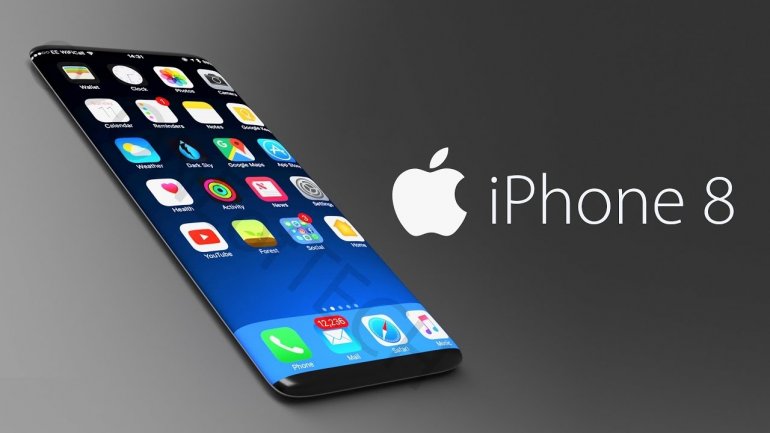What everybody is missing about the iPhone 8
 foto: zoneoftech.com
foto: zoneoftech.com
There's something everybody is forgetting about the iPhone 8: It's not just about the hardware.
Check most analyst notes over the past several months and you'll find discussions about bright and colorful new OLED screens that are coming to the high-end iPhone 8.
Or you'll read about new 3D sensors that can detect a user's face to unlock the phone, ending the need for a fingerprint in order to gain access. Still other reports mention wireless charging, which will give users the option to drop their iPhones on a small pad to charge it, with no need to seek a power outlet.
But Apple knows hardware isn't the only thing that's important in smartphone design. It's not just about a sharp display or a fancy new sensor that can recognize faces. Apple sells a package deal that includes great hardware, great software and a great experience.
It's why people continue to buy new iPhones, even between new launches, and why they don't care about raw hardware specs.
Here are a couple ways we can expect the iPhone 8 to wow users, even if many of the hardware features are already available elsewhere.
Apple improves and validates existing tech
First, Apple often takes features that are already in the market and implements them in a better way.
For instance, Motorola launched a fingerprint reader on the Motorola Atrix, a phone sold through AT&T, way back in 2011.
The reason nobody remembers that fingerprint reader is because it was awful at recognizing a fingerprint. It was barely usable and served little function except to unlock the phone.
Then Apple introduced a fingerprint reader, dubbed Touch ID, in 2013 and suddenly every phone on the market was shipping with one. The difference? Apple's Touch ID worked, and it was tied to Apple's services. A working fingerprint reader drew awe from its users.
Or, for another example, Apple Pay wasn't the first mobile payments solution. Android Pay and others preceded it — including one with the unfortunate name of "Isis" created by several U.S. carriers — but Apple's worked. Plus, it tied in with Touch ID so you could use your fingerprint to verify your identity before making a payment.
Equally important, people can use Apple Pay through Apple's built in Wallet app, but that app does other useful things as well, like storing airplane boarding passes.
Or, think about how face detection could evolve. If I smile, for example, perhaps the phone would not only unlock but also prepare to take a selfie. Or maybe it can turn that smile or frown into a custom emoji.
The point is, Apple doesn't just take a piece of hardware off the shelf and toss it in a phone for kicks and giggles — any manufacturer can do that. It takes hardware, software and (increasingly) services, and tries to stitch them together into useful experiences.
So imagine how Apple's software might improve the hardware features it's reported to be including in the iPhone 8.
With wireless charging, perhaps you'll be able to check the status of your iPhone charge remotely from a Mac or Apple Watch. Or imagine a wireless charging pad in your car that simultaneously syncs your phone with the car.
iOS 11 will introduce support for augmented reality (AR) applications, thanks to new ARKit developer tools introduced in June.
Apple's betting this is going to be a big deal — CEO Tim Cook recently told CNBC that AR will make the iPhone "even more essential" for people's lives.
You might soon be able to use your iPhone as a "virtual" tape measure to measure an item, for example. A teacher might drop a gorilla into the classroom while teaching students about animals, or a professor might do the same with a 3D beating heart, floating in space only viewable through the screen of an iPhone.